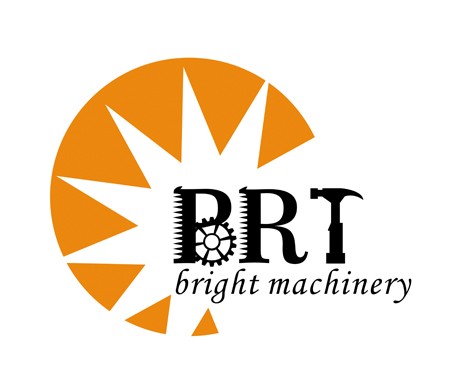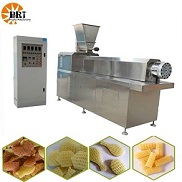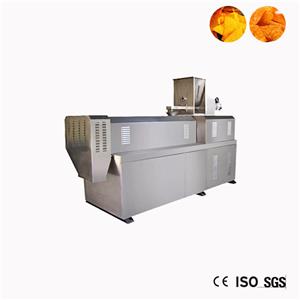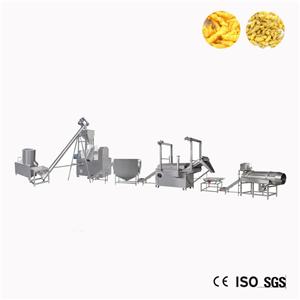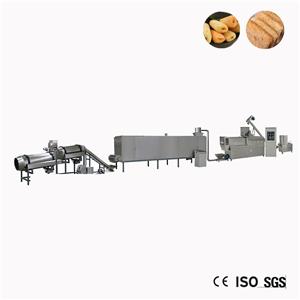Fats and fats in pet feed
Fats and fats in pet feed
The fats in pet food provide fat for pets. For pets, fat is an important component of their body tissue. Fats are found in the skin, bones, muscles, nerves, blood, and internal organs of pets. Most lipids are important components of cell membranes, and they are also raw materials for cell proliferation, renewal, and repair. At the same time, fat also participates in the synthesis of certain metabolic regulatory substances in cells, such as sex hormones and bile acids. In pet dogs, fat accounts for 10-20% of their body weight. When the proportion of fat reaches a certain level, it will increase the palatability of cat food. In pet food, to meet its fat content requirements, the amount of fat added is usually about 10% of the formula.
Pet feed oils - chicken oil
Chicken oil is a very common source of fat in pet food, and its usage in pet food accounts for 10% -20% of the total production, with a better flavor than other fats. Chicken oil comes from several different sources: refined, refined, and low-temperature blanching. This leads to differences in quality, consistency, and cost of its products, as well as small-scale differences in secondary nutritional components (such as carotenoids), palatability, and stability. Chicken oil contains various components such as fatty acids, proteins, fat soluble vitamins, sterols, etc. Among them, the fatty acid composition is one of the important indicators for evaluating the nutritional value of chicken oil, and it is also an important chemical component that affects its flavor.
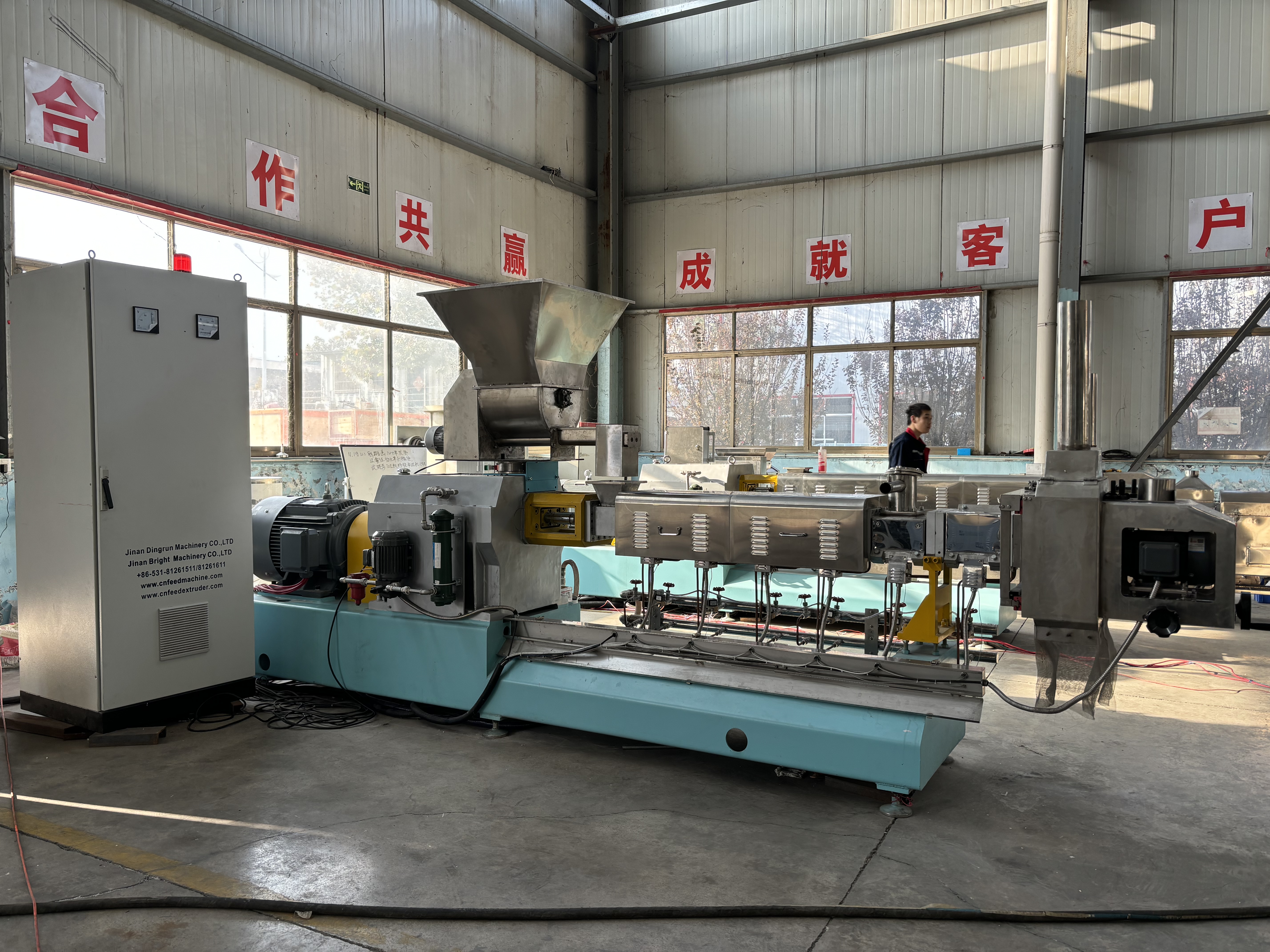
Pet feed oils - butter
Avocado is one of the earliest raw fats used in pet food. Butter is mostly saturated fatty acids (i.e. solid at higher temperatures), which also conforms to the definition of butter, with a melting point of 40 degrees Celsius. For pets, saturated fats like tallow are negatively correlated with transport lipoprotein, which can lead to cholesterol and coronary heart disease. Pets are considered a "high-density lipoprotein species", which means they have a good advantage in circulating high-density lipoprotein. About 50% of the fatty acids in butter are saturated, containing small amounts of linoleic acid and linolenic acid. There is no long-chain fatty acid Ω -3, which is similar to the saturation of sheep oil. Compared to chicken oil and lard, butter has a higher digestibility (with a digestibility rate of over 97%).
Different types of volatile substances can produce different flavor combinations, such as fat flavor, meat flavor, mushroom flavor, cream flavor, etc. Specifically, cats prefer foods coated with butter and chicken oil.
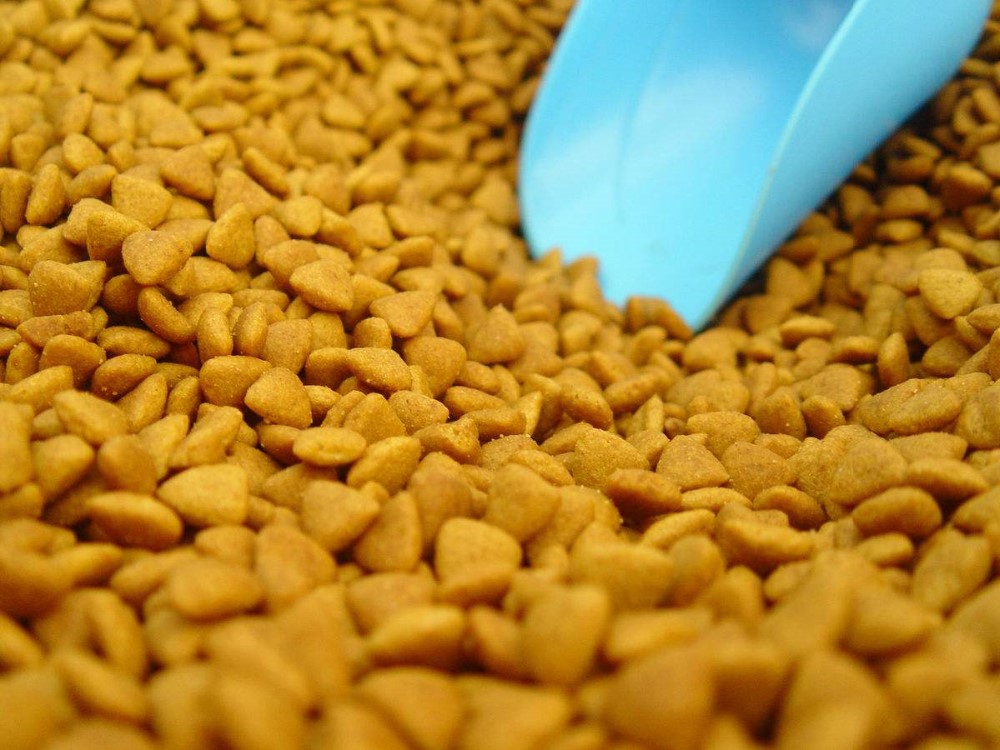
Pet feed oils - fish oil
Fish oil is the most popular source of animal fat after beef, animal, and poultry fat. If the trend of pet food is consistent with that of pet parents, fish oil may be seen as an increasingly popular ingredient among people who are concerned about pet health in the coming years. In the process of considering fats as a healthy ingredient, more and more formula designers are choosing foods rich in them ω 3 and ω 6 fatty acid fats. Fish oil is often considered an important source of these key nutrients. The functions of various fish oils in pet food have been emphasized, mainly targeting skin and fur health, while also having anti-inflammatory and heart health maintaining effects.
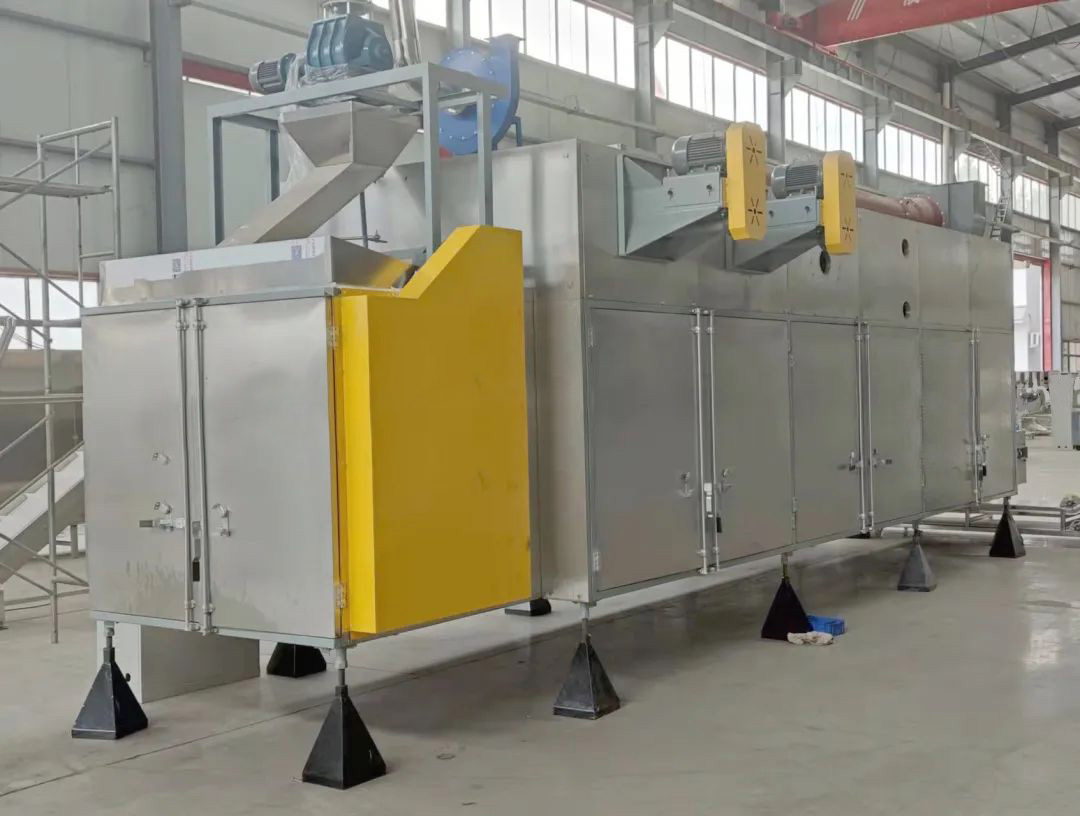
Company :
Address :
Phone :
Email :
Skype :
Whatapp/Wechat:

